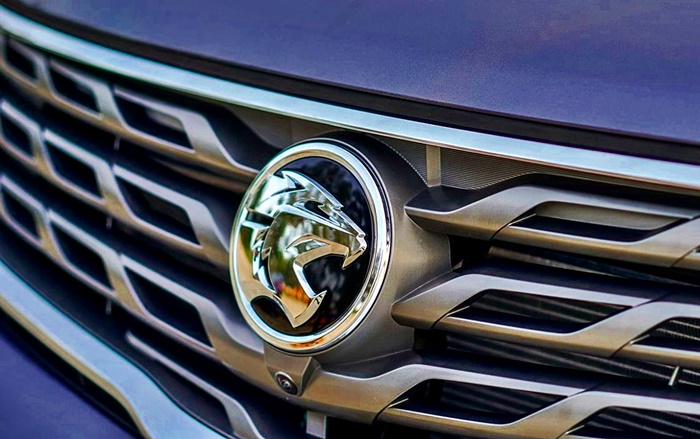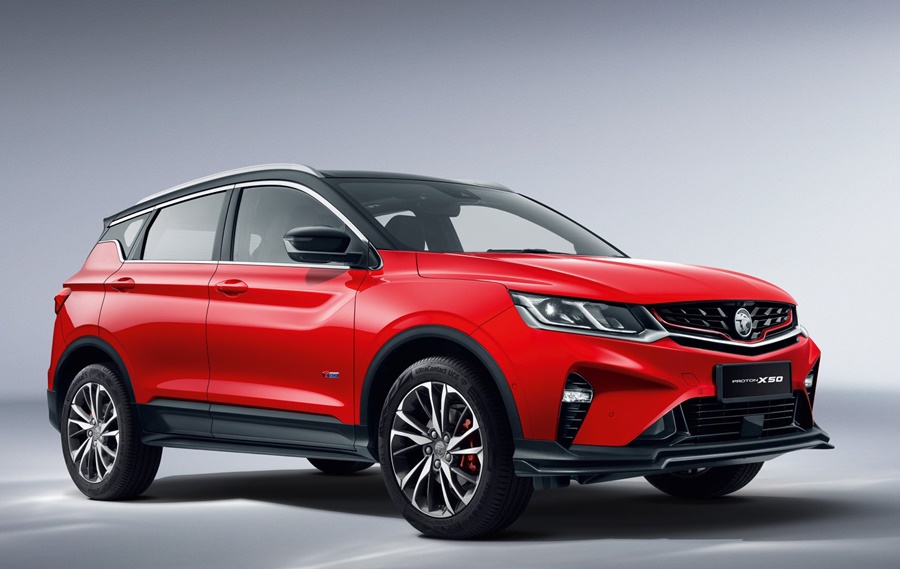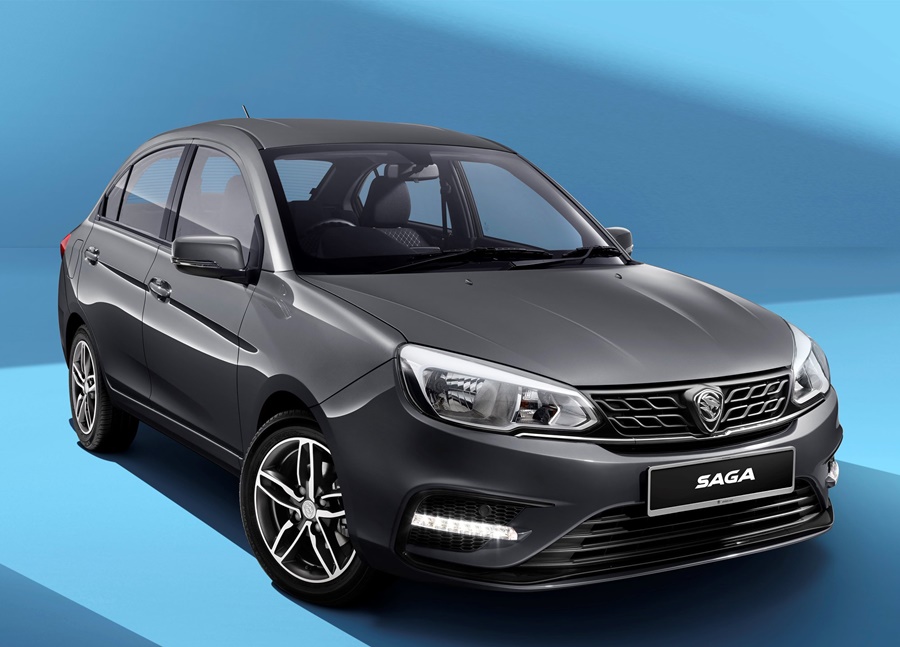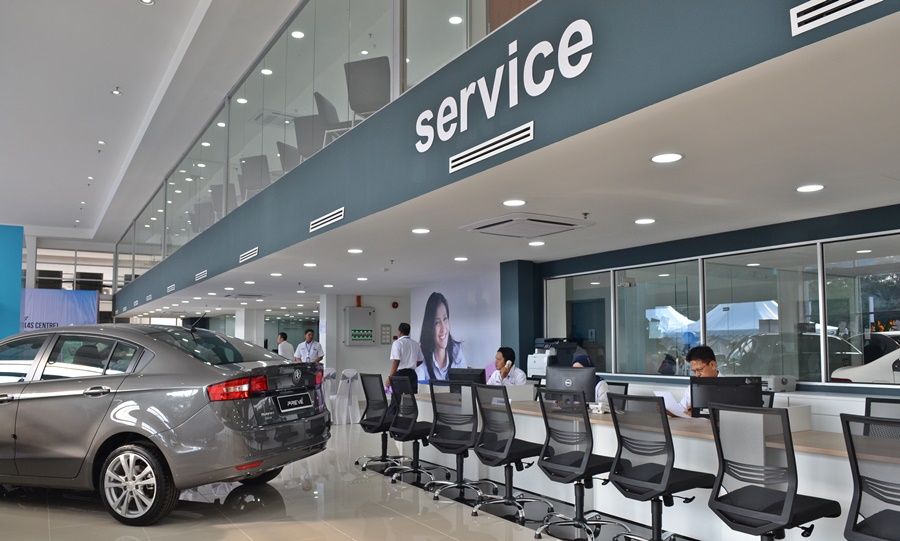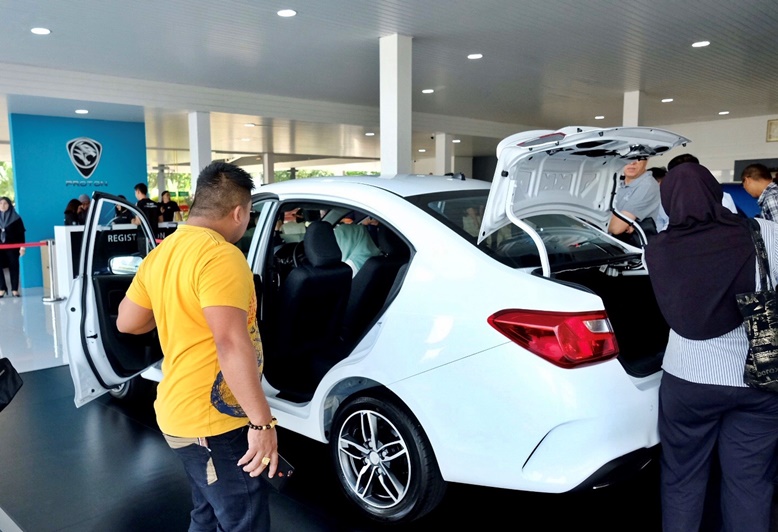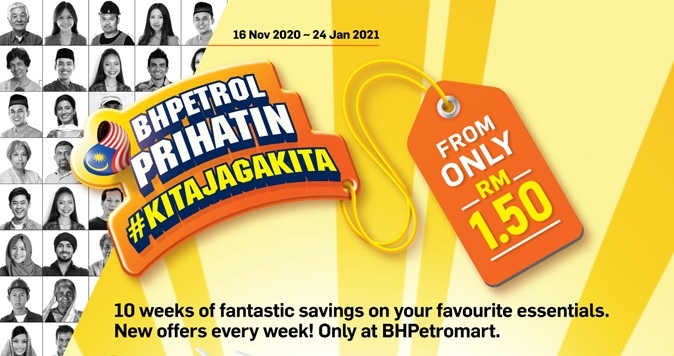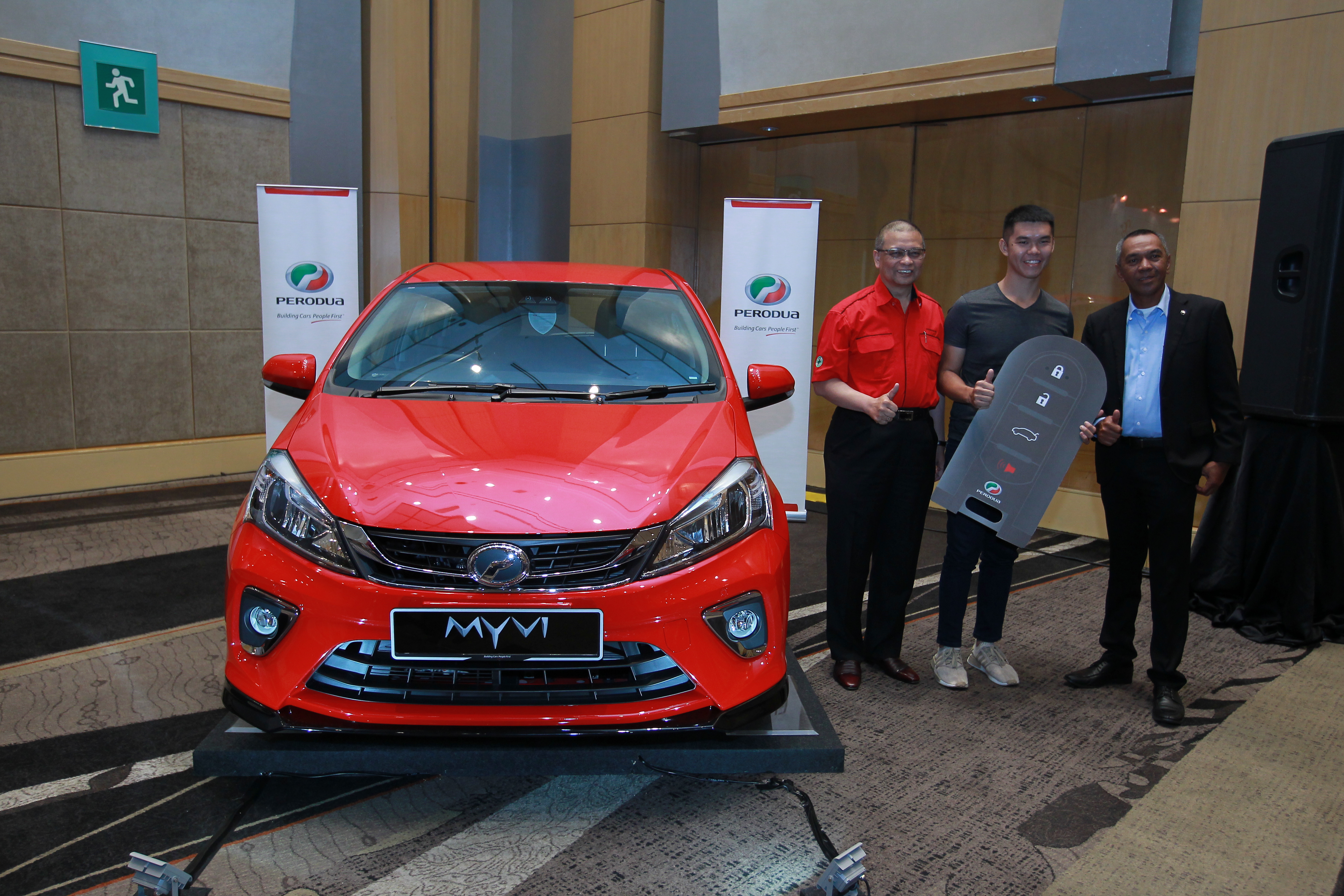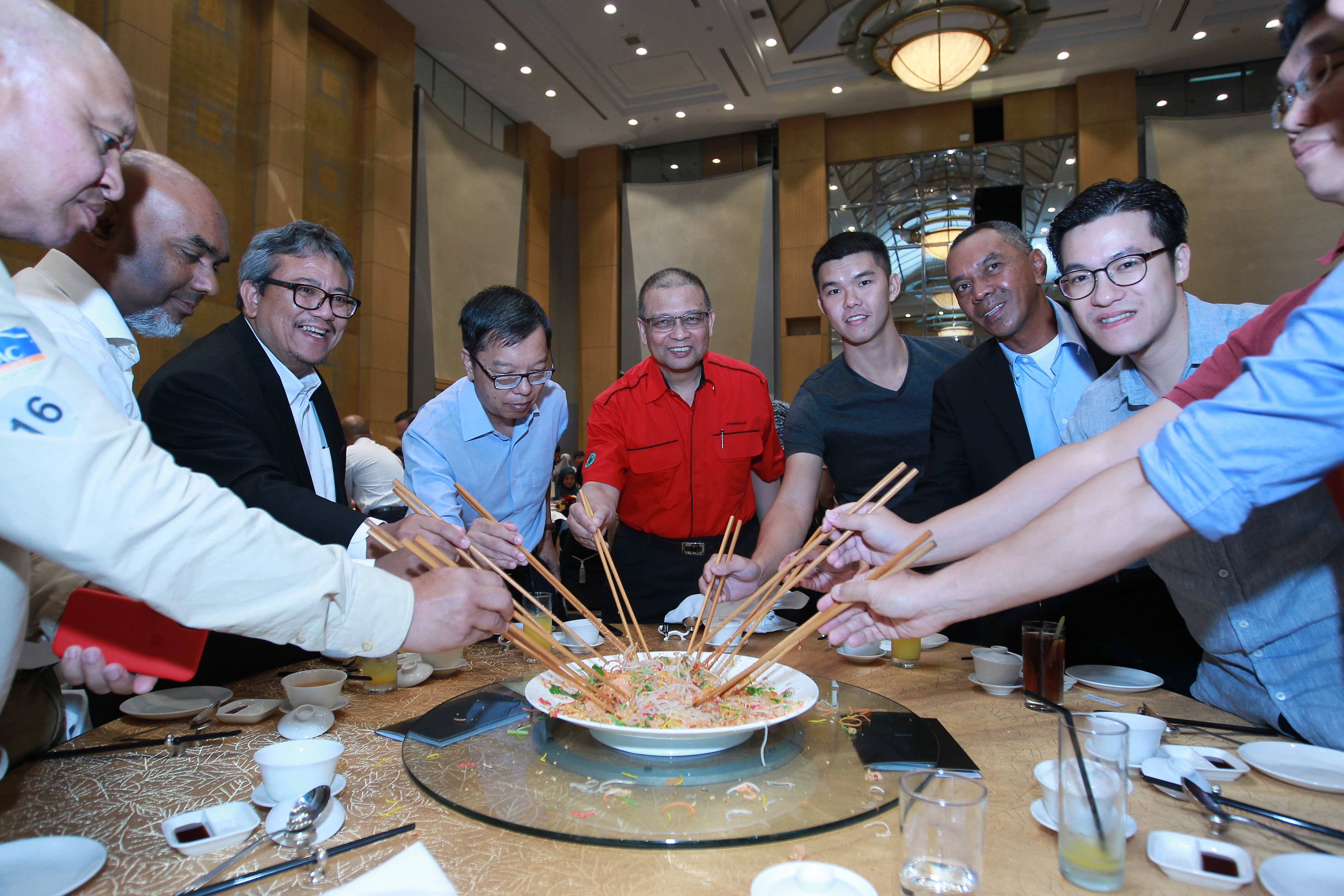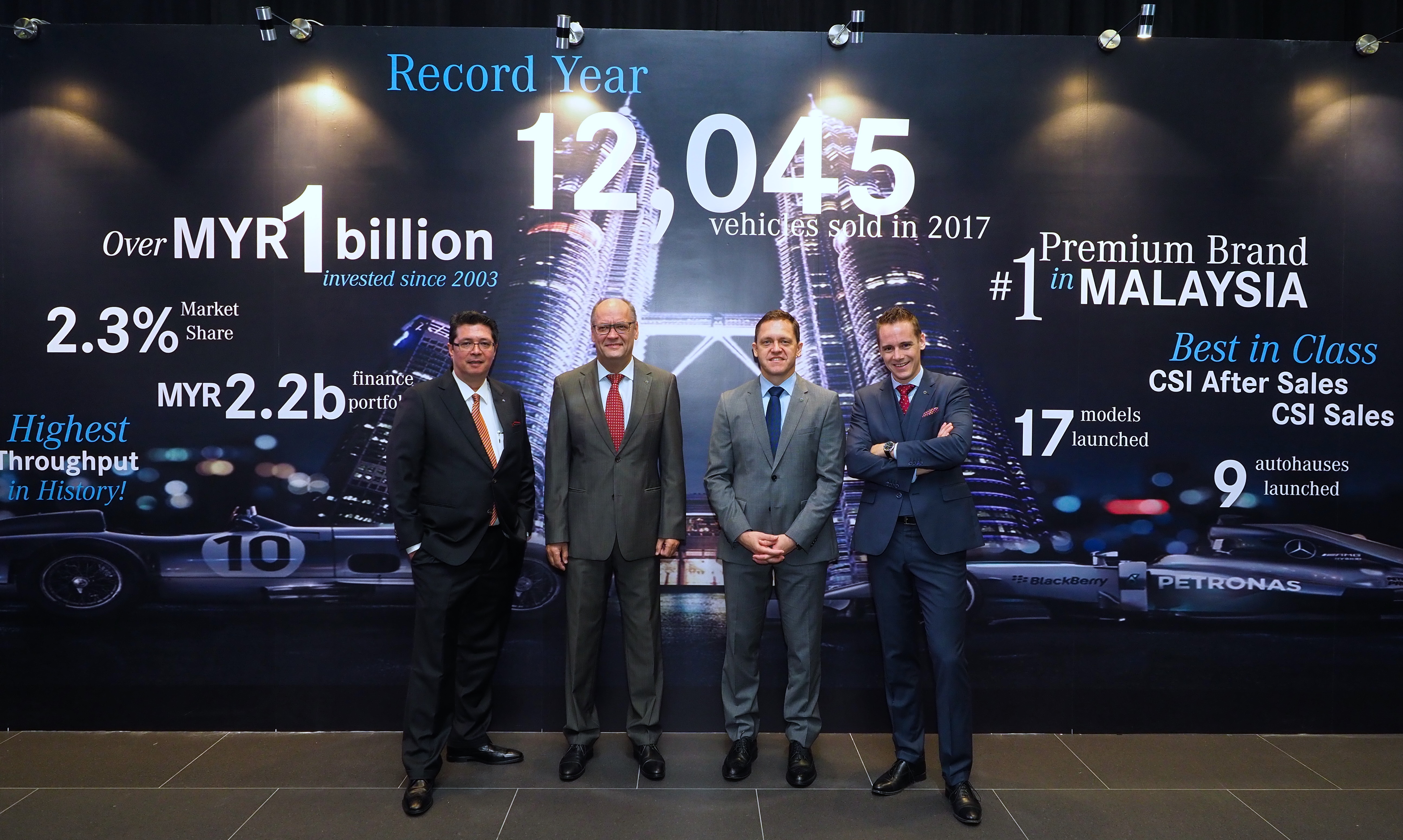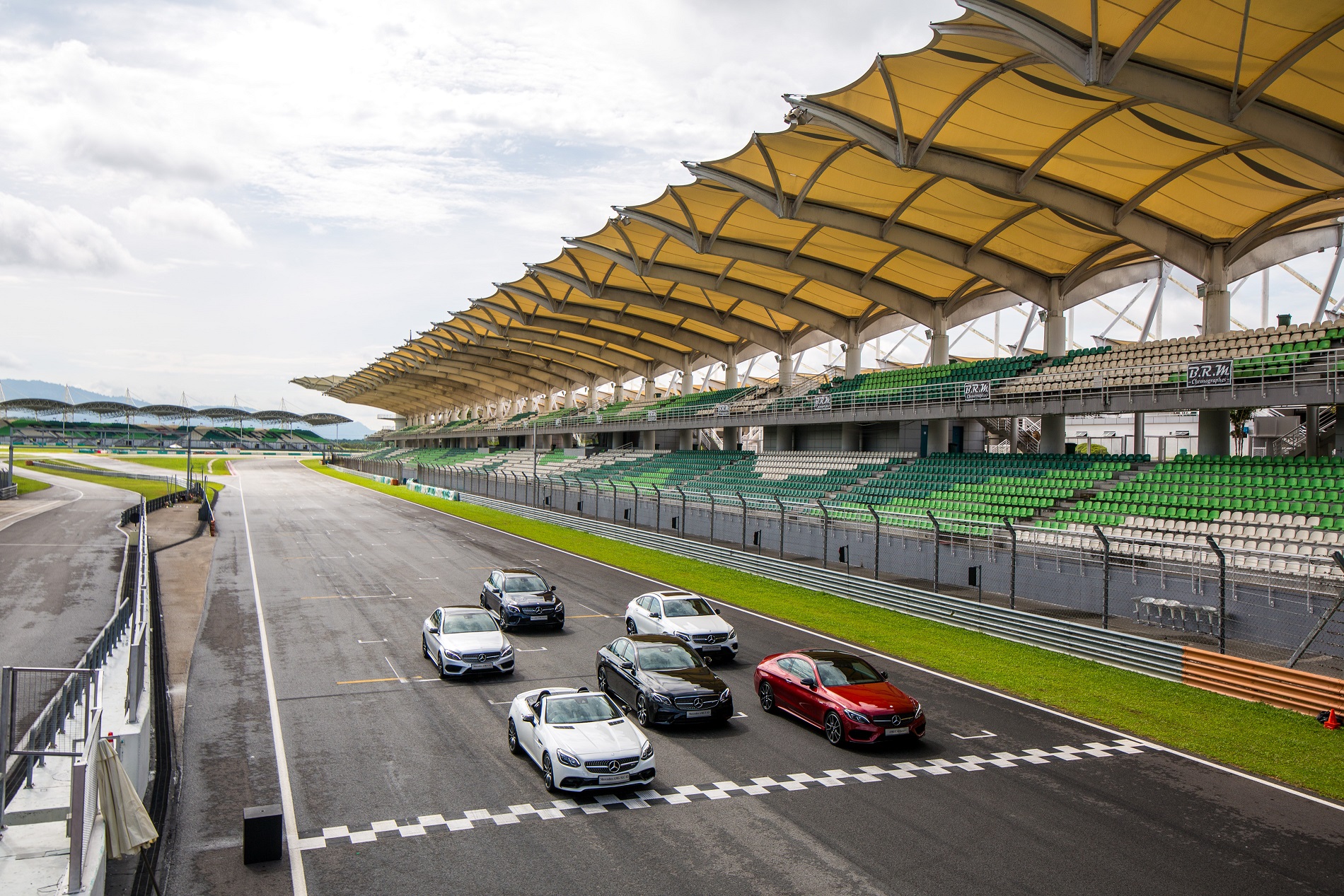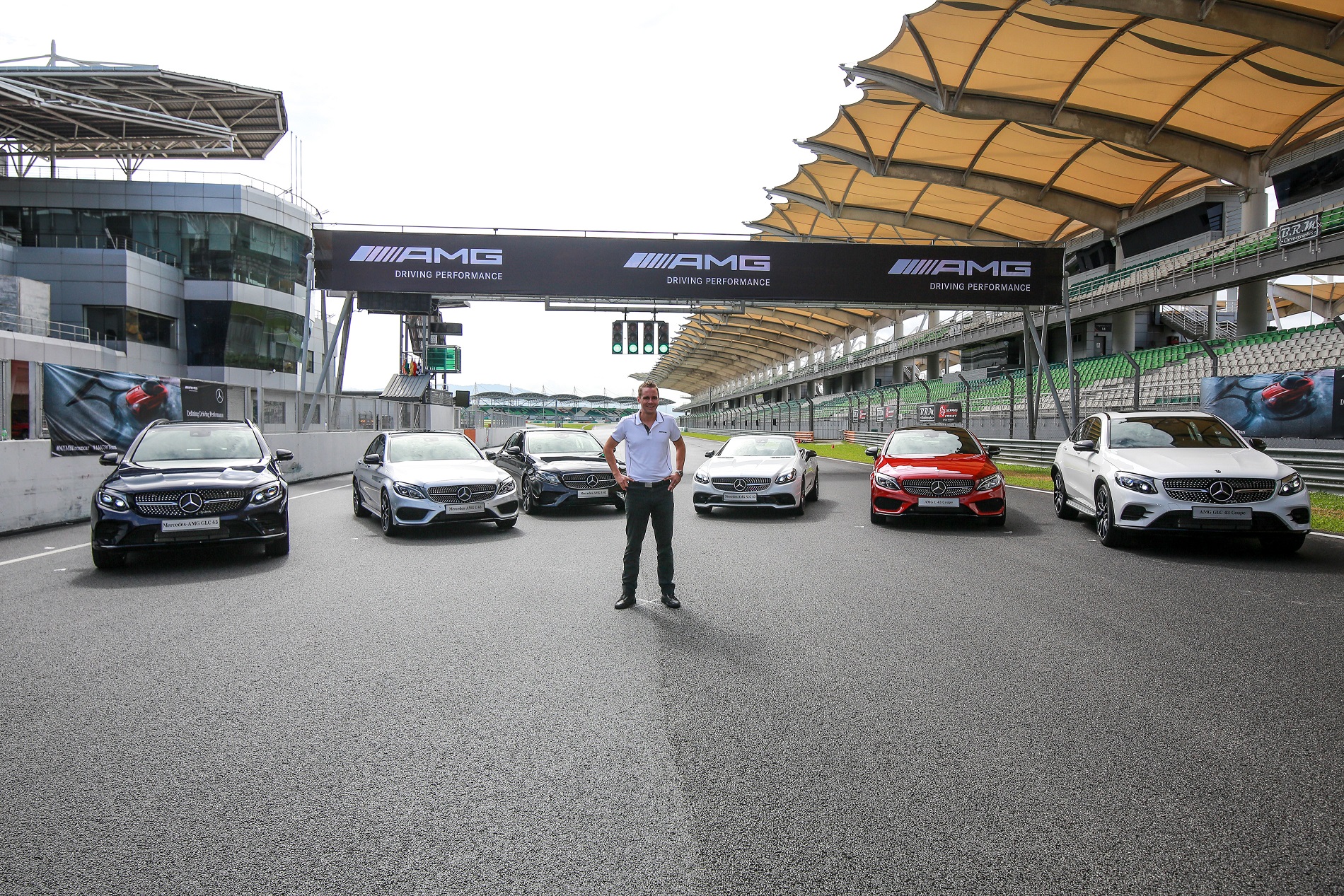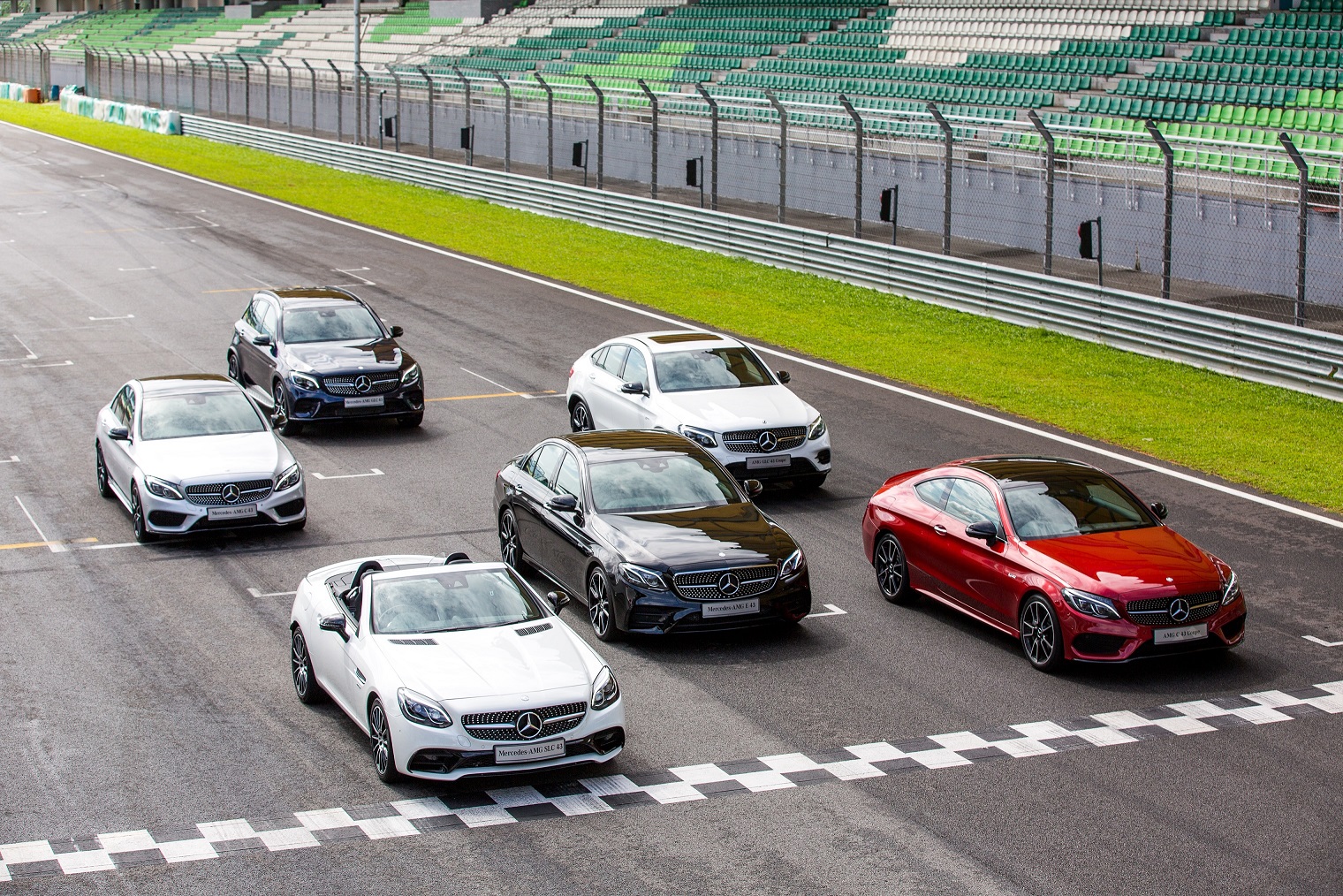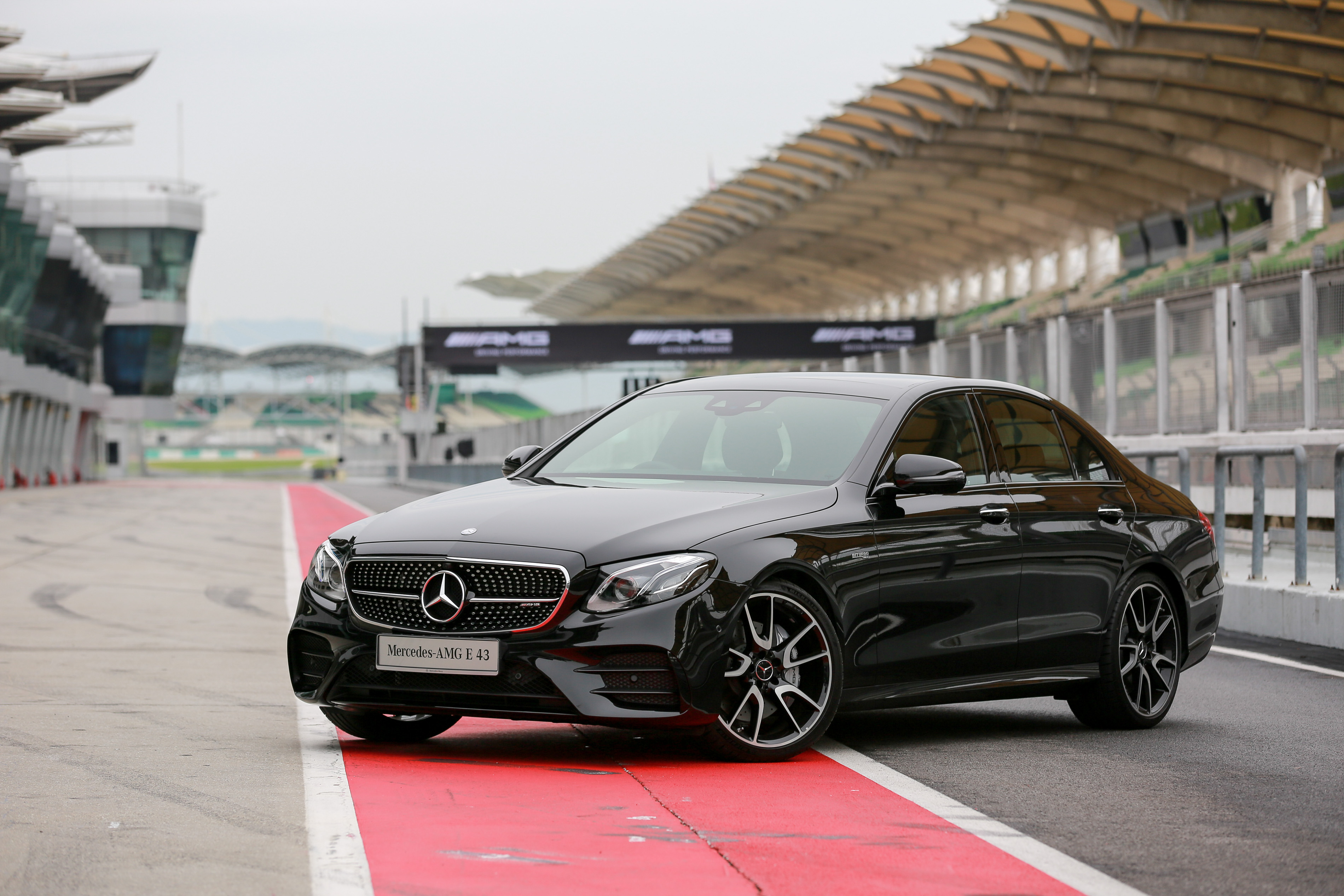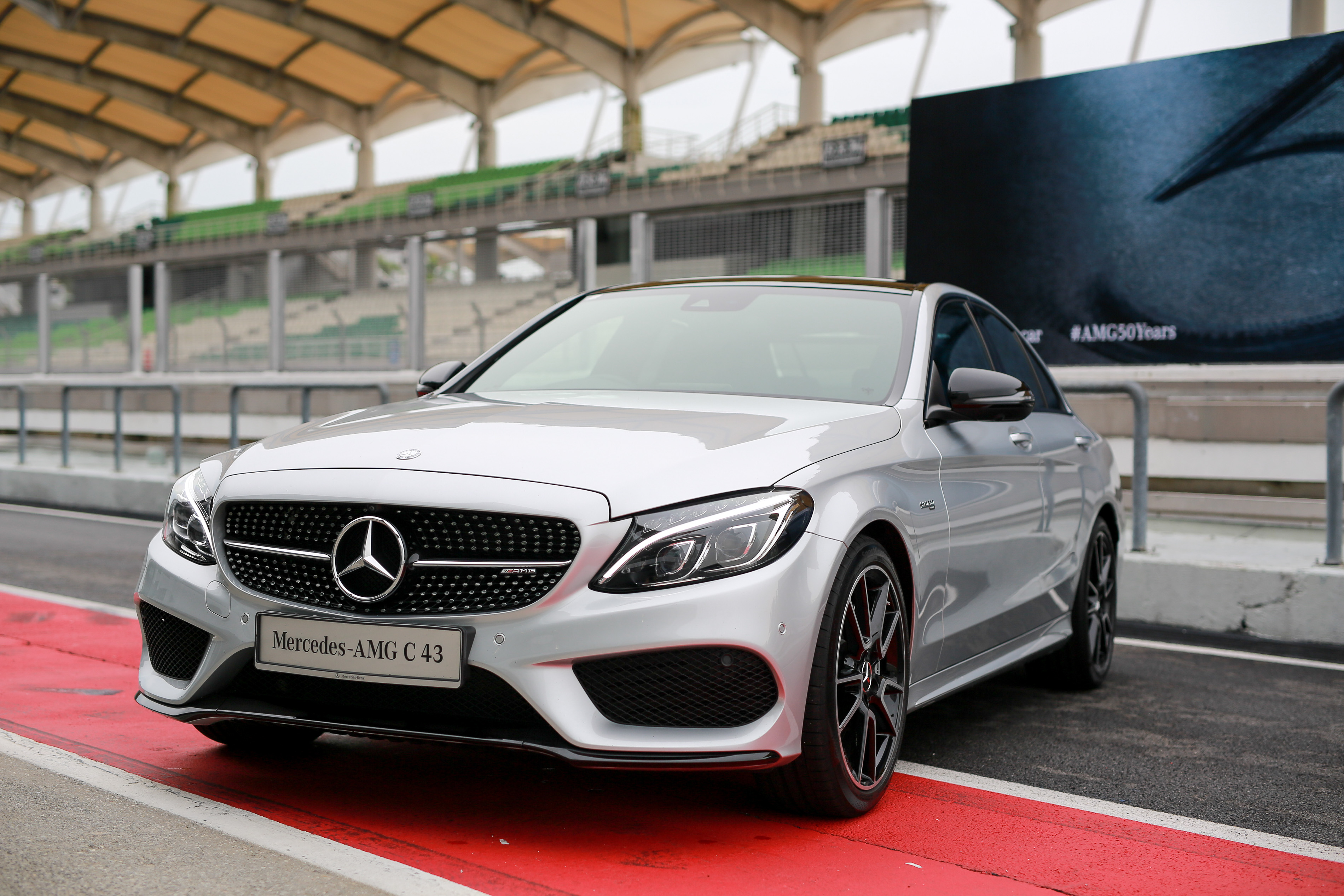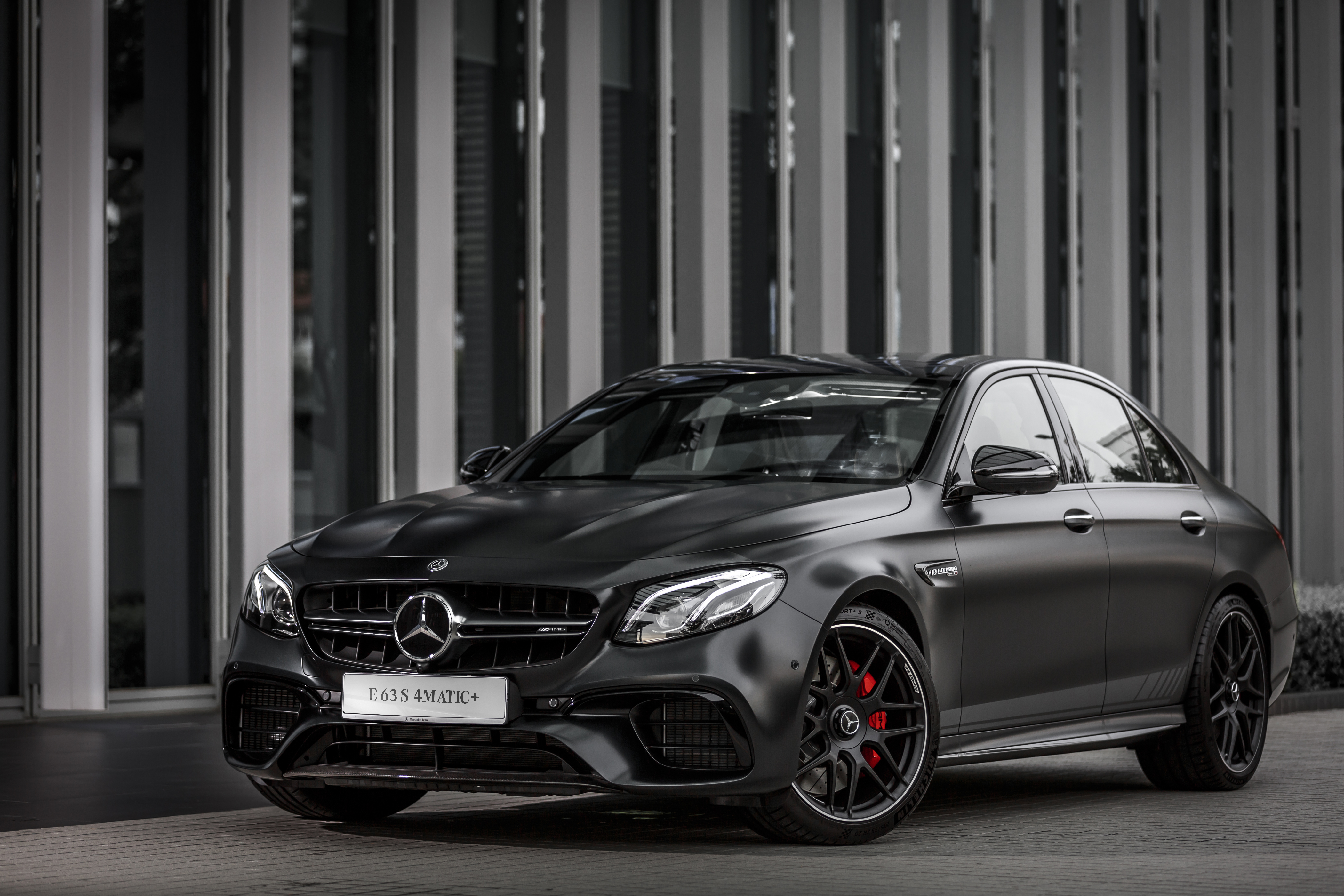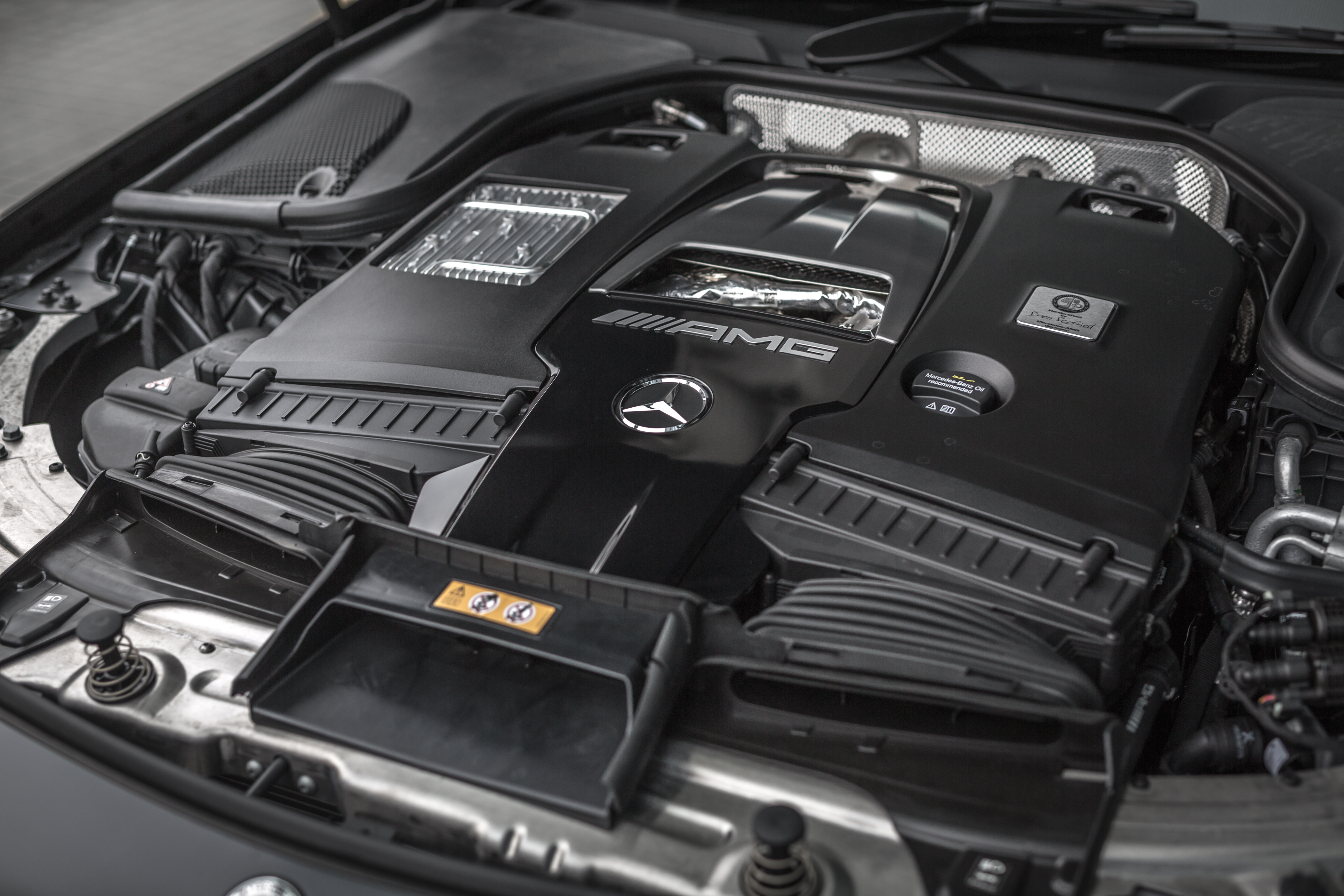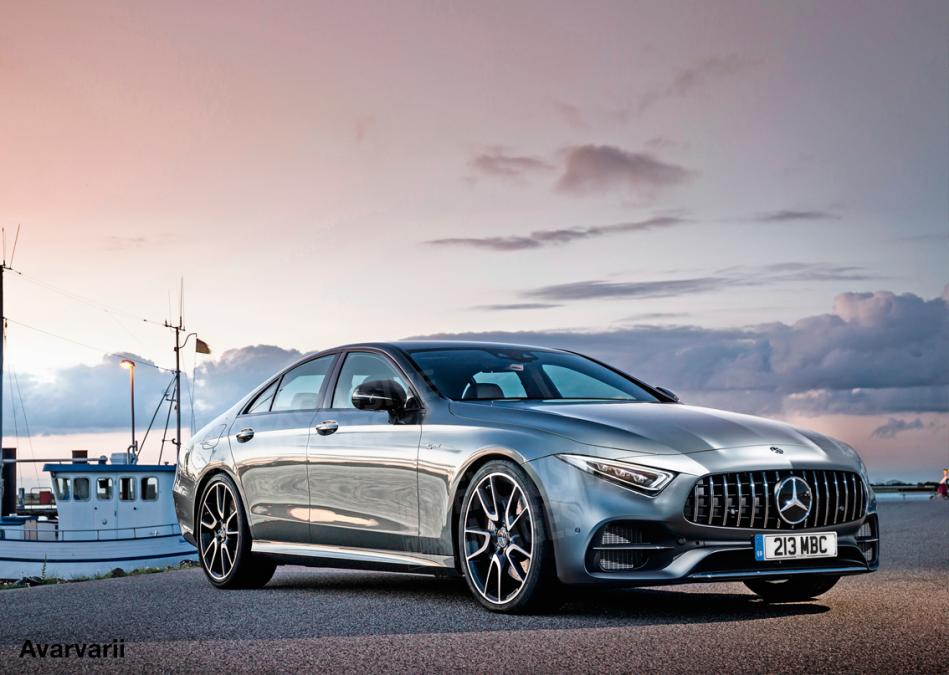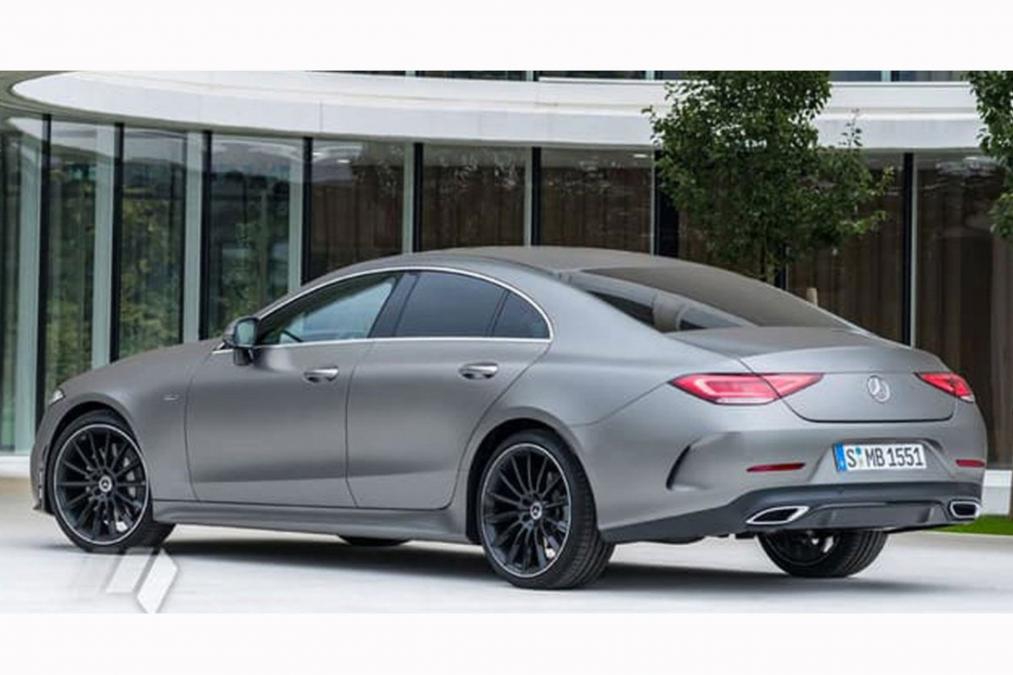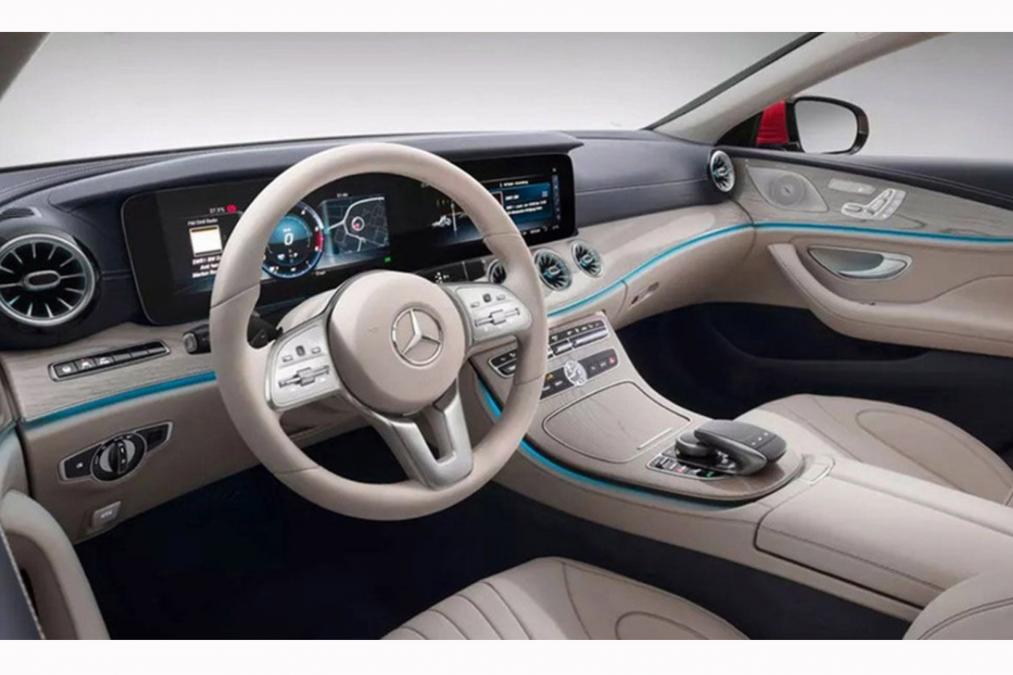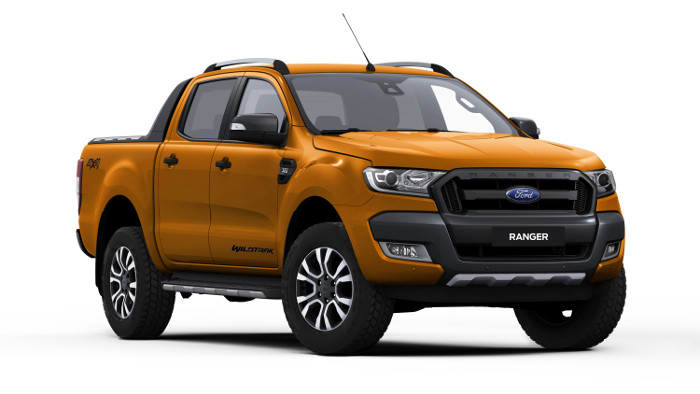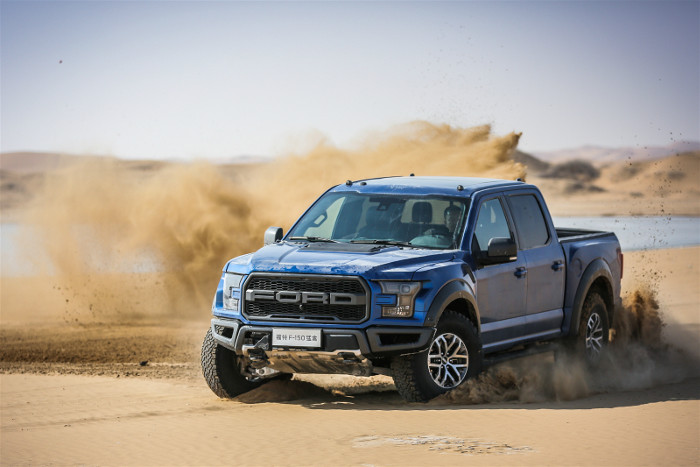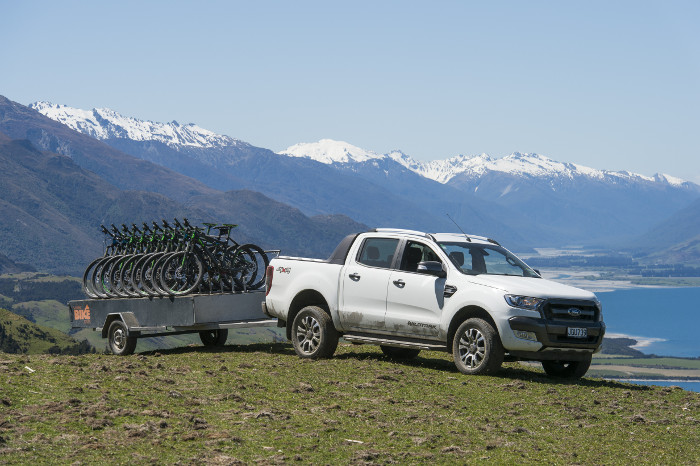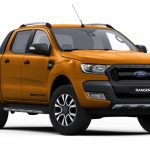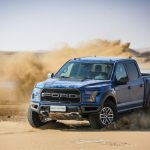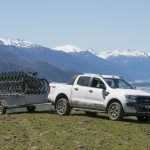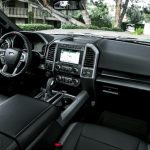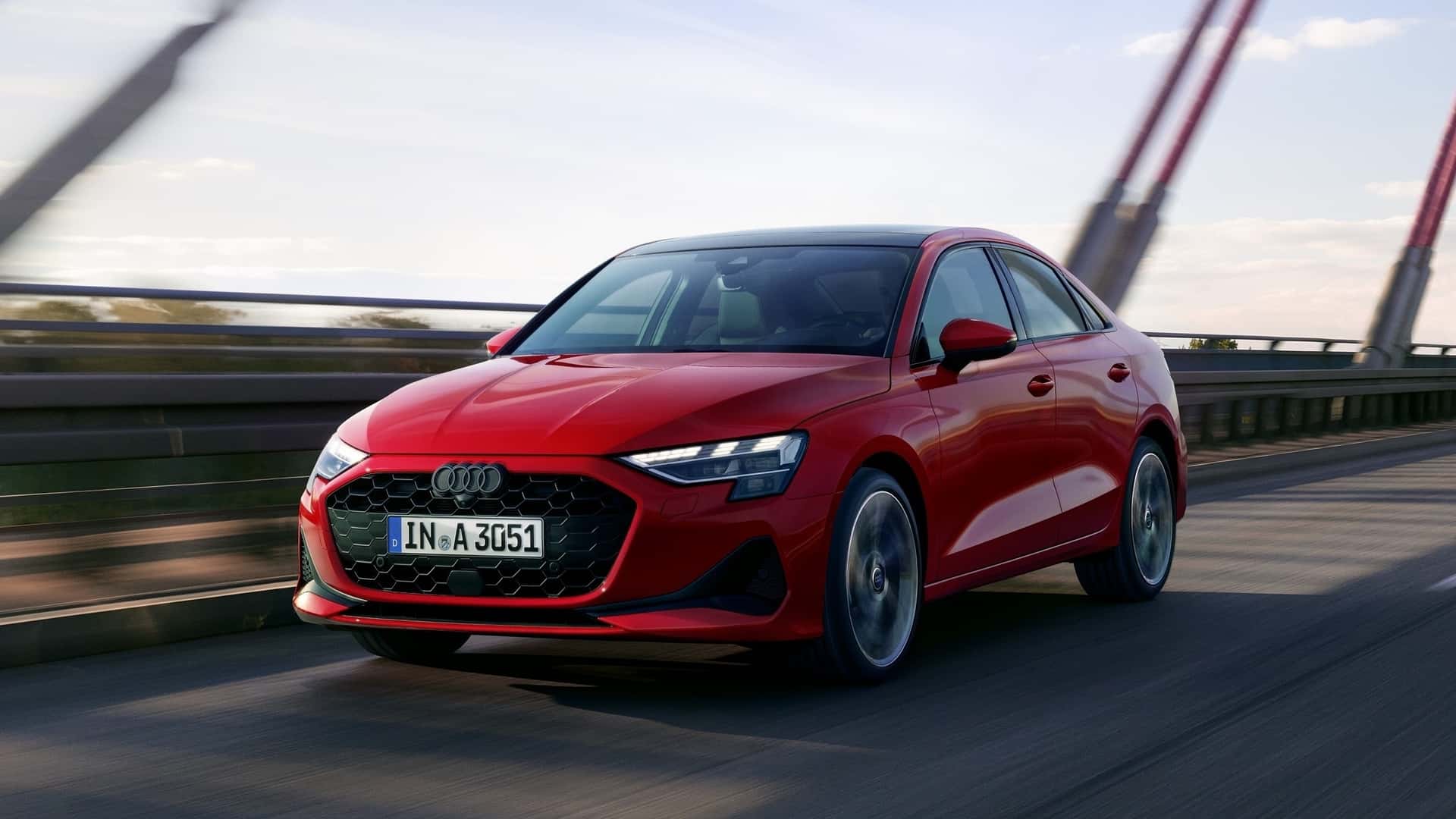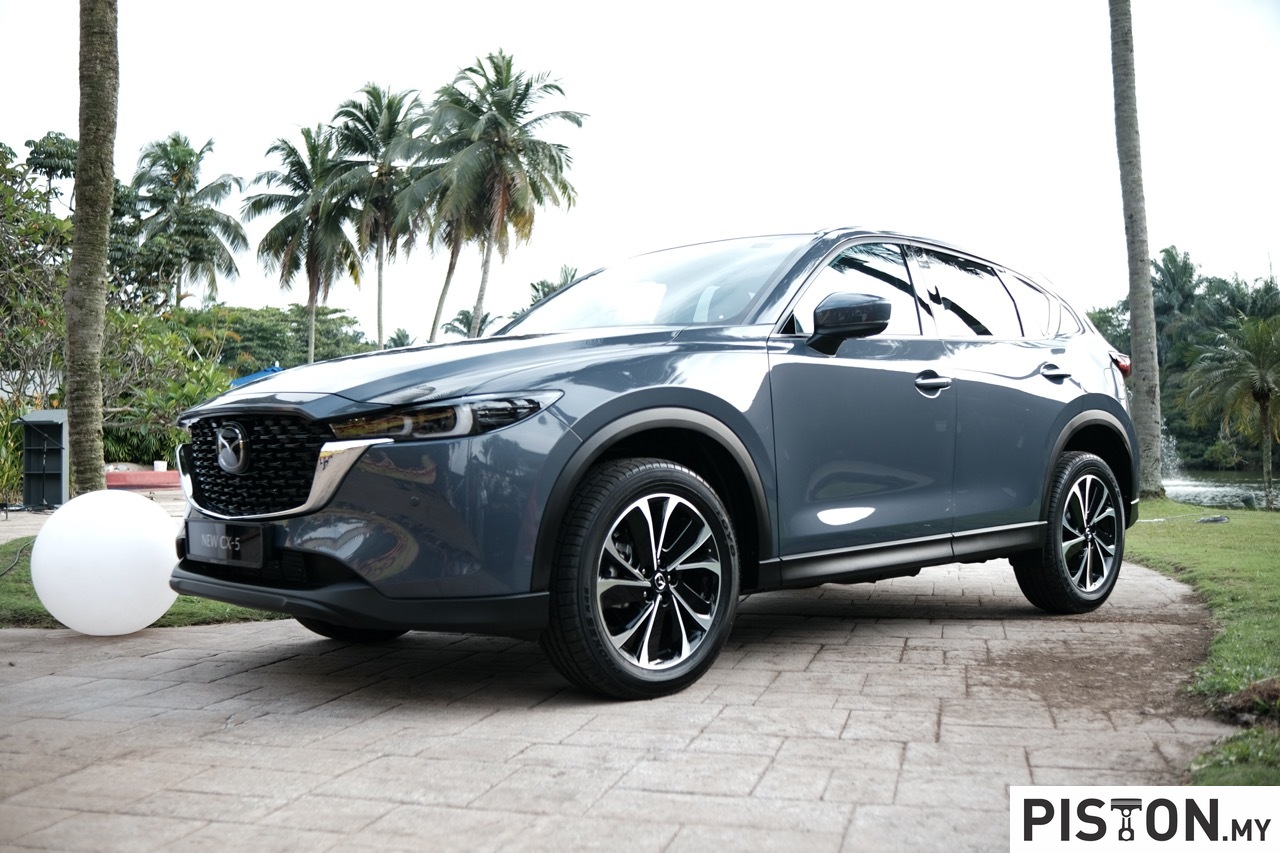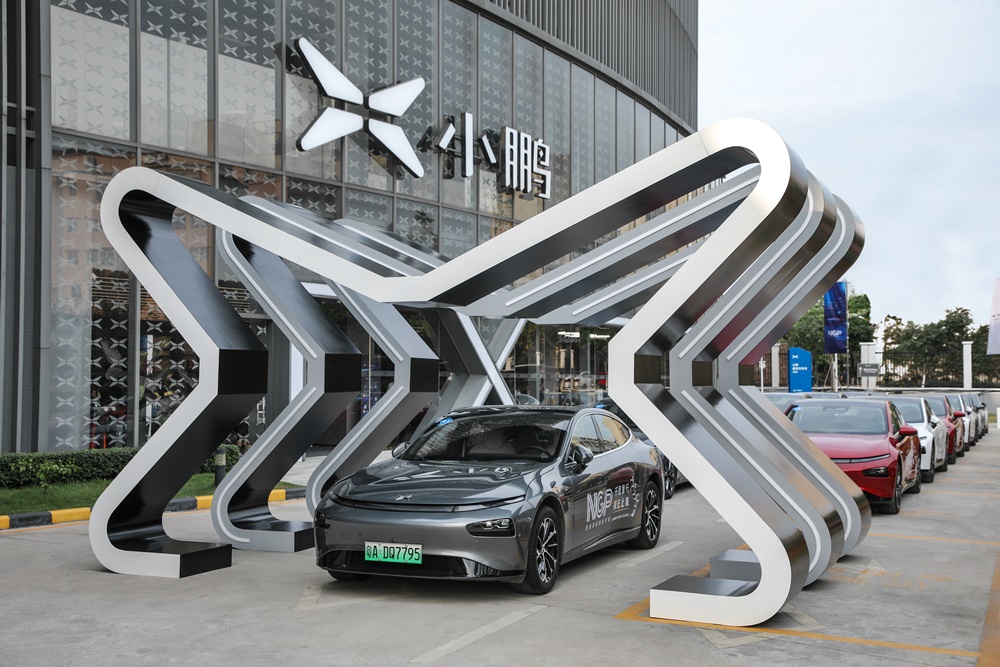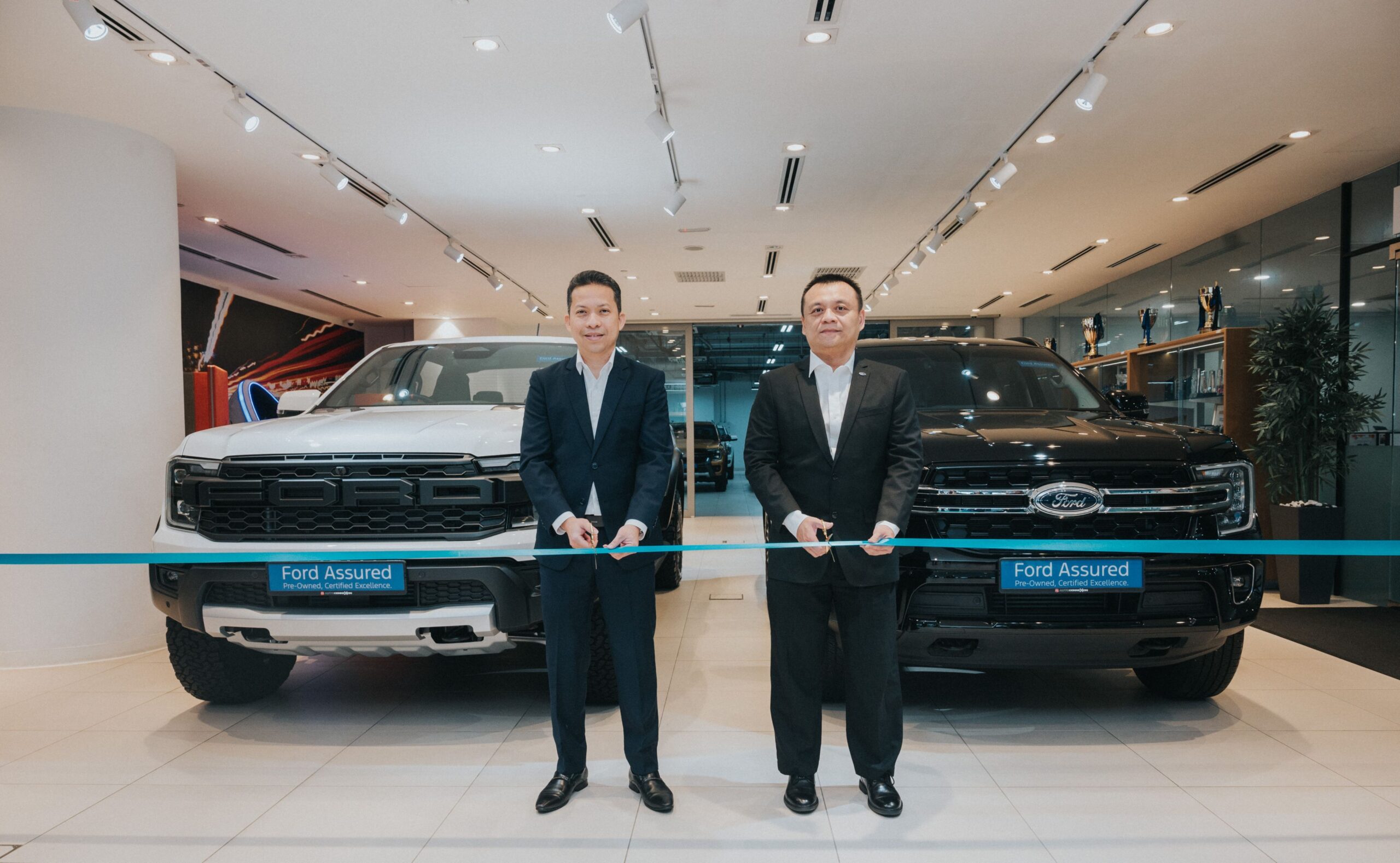
For most car companies, February tends to see low numbers; for one thing, it is the shortest month in the year and some years, the Chinese New Year festive period also occurs during the month, reducing the number of working days further. However, for Proton, February 2021 was a productive month as the Malaysian carmaker reached market highs that it had not achieved for several years. With a total volume (including exports) of 11,873 units, the company had its best February in over a decade.
By its estimation, the brand will have a market share of 27.1%, which will be the highest for the company since September 2013. Overall, Proton also believes it finished the month ranked second with sales nearly doubling that of the month before. Compared to the same month in 2020, the volume was 19.9% greater. However, the total volume for the first two months of the year is 3.5% (643 units) less than last year’s cumulative total for the same period.
X50 deliveries accelerate
Proton’s second SUV, the X50, was in showrooms from October 27, 2020 and the response was exceptional strong. By year’s end, over 30,000 bookings were collected. Unfortunately, deliveries were hampered by delays to the production schedule as well as focusing on build quality. In February, Proton delivered 3,345 units bringing the total number of X50s on the road to 8,141 units.
This monthly volume was also the highest ever achieved by an SUV in Malaysia, and Proton therefore lays claim to the X50 being the best-selling SUV in its segment and also overall leadership.
Add the 1,475 units of the X70 delivered in February (claimed to be the highest for a C-segment SUV), and the company sold a combined total of 4,820 SUVs. This is its best ever performance and said to be the highest volume for any brand in the country.
Strong sales for other models
While the X50 had strong sales, the evergreen Saga continued as the company top-seller with 4,217 units delivered. The sedan has also started sales in Kenya as a locally-assembled model, the first time Proton has entered the market of that African country.
Other Proton models that performed included the Persona (1,818 units) and Exora (361 units), with the latter model maintaining its leadership in the C-segment MPV market.
“February continued to be a difficult month for Malaysia’s automotive industry but it turned out very well for Proton,” said Roslan Abdullah, Proton Edar’s CEO. “thanks to the efforts of the government to ensure a continuation of economic activity during the MCO, we were able to produce more cars and, in so doing, started to clear our backlog of orders. This is important as we need to consistently deliver on the bookings made to avoid a rush before the PENJANA incentives expire at the end of June this year.”
“The automotive sector continues to be vibrant with exciting new model launches which are sure to spark consumer interest and create healthy competition. But we will continue to be cautious even as we push forward to avoid infection rates flaring up again and disrupting operations,” he added.
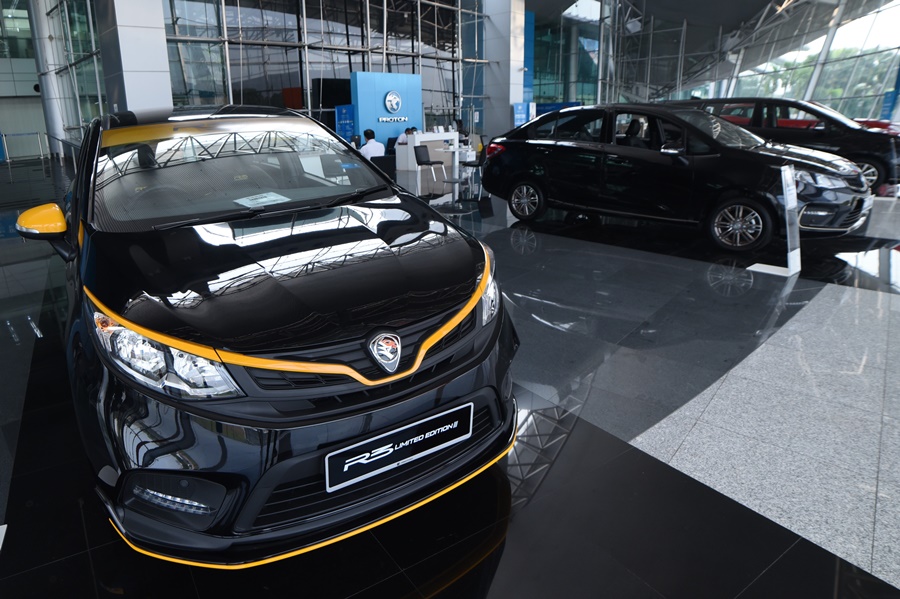
February also saw Proton launch four Special Edition models, all with a bold black theme. The Persona and Exora Black Edition as well as the Saga and Iriz R3 Limited Edition were unveiled online and will be available in limited numbers. Encik Roslan revealed that, as of February 26, 1,169 bookings have been received, about a third of the total production run that will be just 3,500 units.
Aftersales revamp
Proton has a 10-year strategy and during this period, the company is to completely overhaul several operational areas in order to succeed. An area of immediate importance is product quality which has to be improved and today, the brand’s quality scores have improved to the point of almost matching those of its partner, Geely.
The distribution network has also drastically changed, with the company having the most 3S/4S outlets in the industry. Its focus is now on wholesale activities rather than consumer-driven business. These measures have been effective with Proton posting some of the highest sales growth numbers for the local industry over the last 2 years.
This year, the focus is on the improvement of the entire aftersales value chain so that customers can enjoy a premium brand experience after buying their cars. “Proton admits that some aspects of our business have not been able to keep up with our recent successes. While we have dramatically moved forwards in product quality, brand image and the technology offered in our cars, our aftersales service has not made the same leap. This situation was exacerbated in 2020 by firstly COVID-19 and then our decision to invest in a completely new back-end ordering and delivery system,” explained Encik Roslan.
“As a result, we have experienced integration issues and customers requiring accident repairs as well as regular servicing have faced delays. We are working on these issues around the clock to overcome them in the shortest time possible but for now, I urge all Proton owners facing delays to please contact our customercare hotline at 1-800-88-8398,” he advised.
With greater attention to overseas business, Proton aims to double export volumes in 2021


